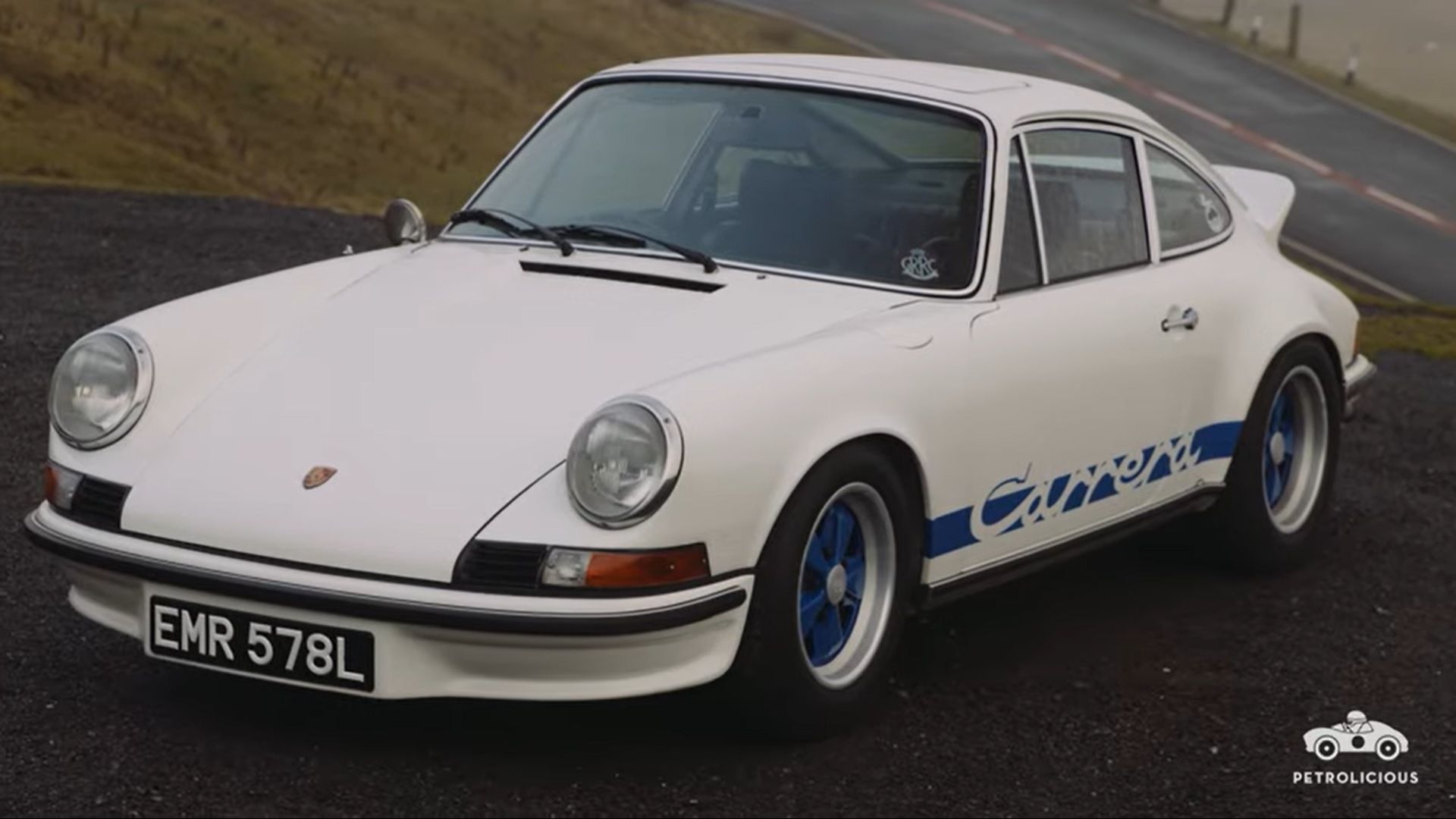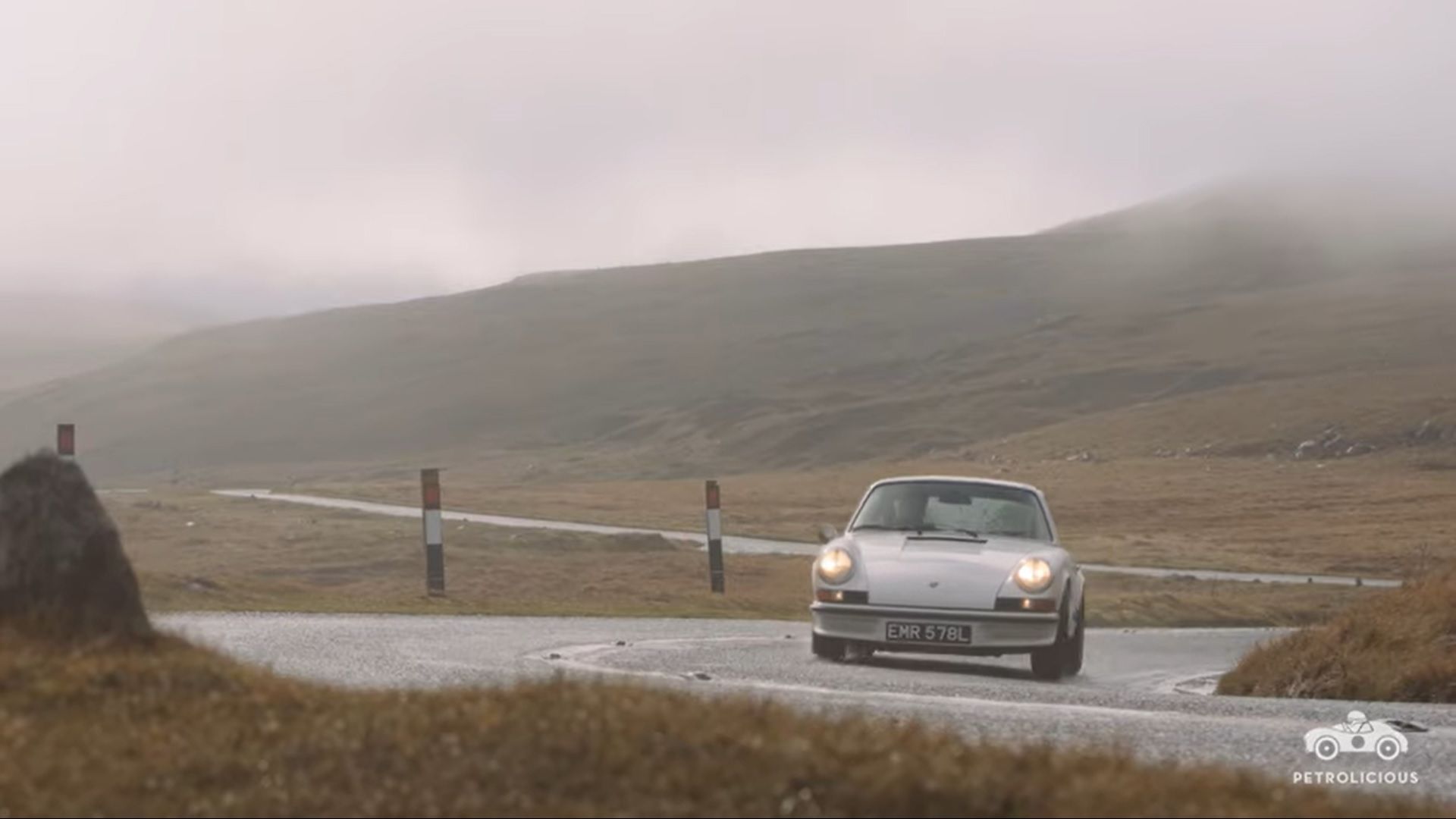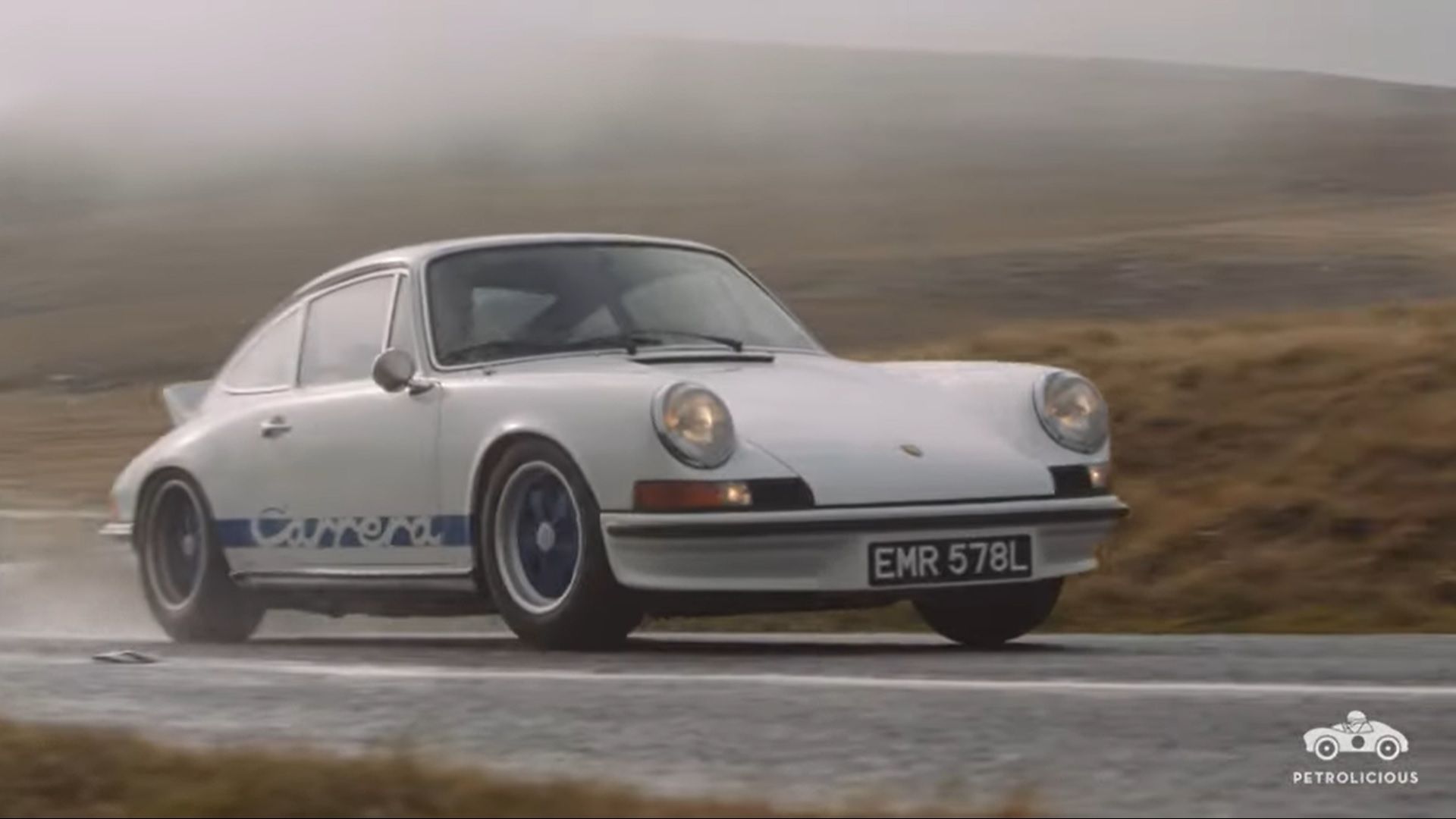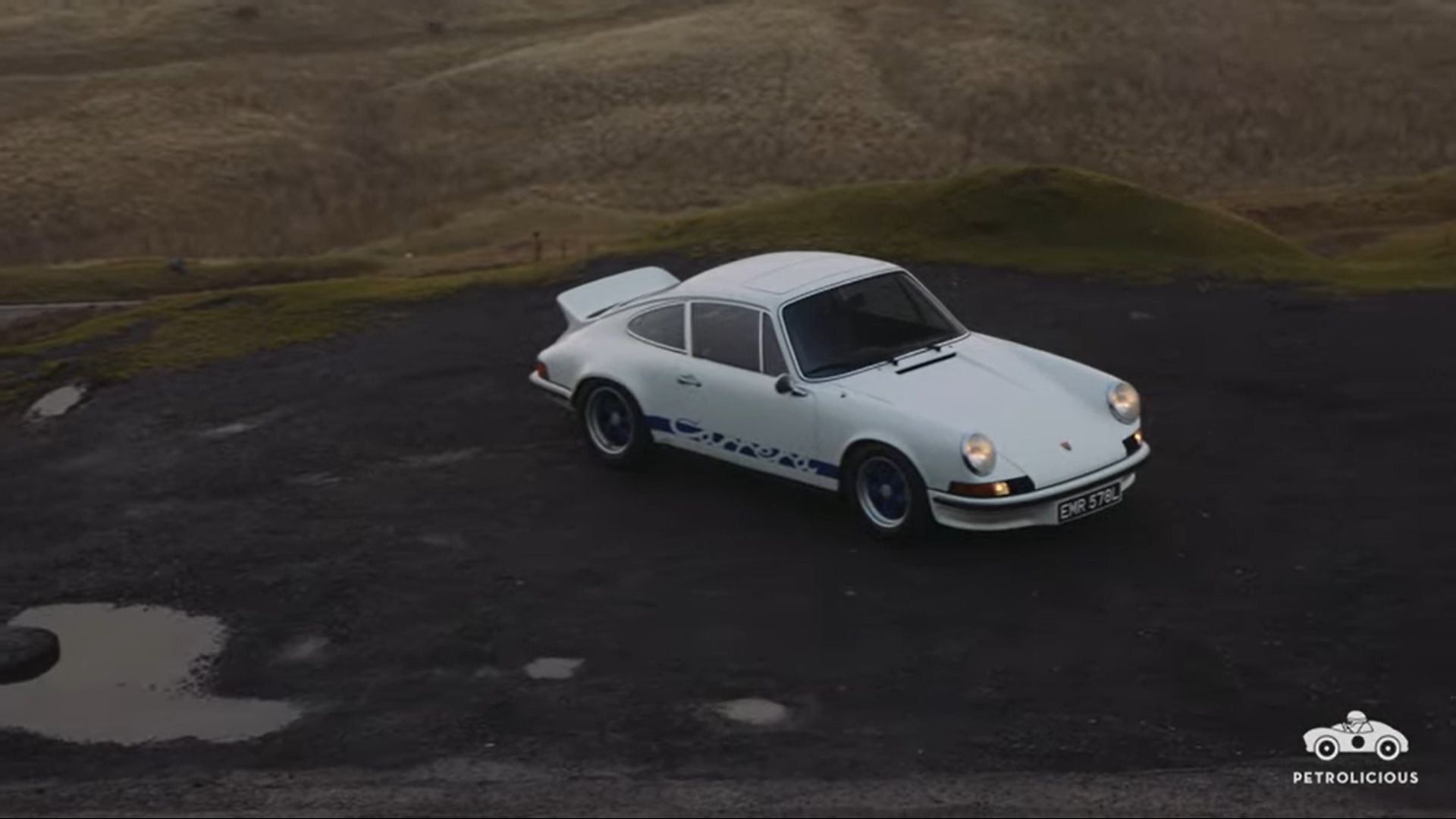One of the many cars to stem from Ferdinand Piëch’s ambition of making Porsche profitable through racing achievements - aka race on Sunday, sell on Monday, the 911 Carrera RS 2.7 rose quickly to fame. Unlike the 911 R, which had a hard time making a name for itself with the public, the RS 2.7 was a hit.
Back in the early 1970s, Porsche was under pressure from itself to sell at least 500 RS 2.7 units within a year. 500 was, in case you’re asking, the minimum number required to get the car homologated for Group 4 racing.
The road-going car eventually made its official debut at the 1972 Paris Motor Show in October, where 51 customers expressed their firm intention to buy one and signed the order papers on the spot. By November the same year, Porsche sold 500 cars, gaining homologation rights.
Each 911 Carrera RS 2.7 had a price tag of 33,000 German marks. This price tag basically brought you a 911 that tipped the scales at just 960 kilos (2,116 pounds), capable of hitting 100 kph (62 mph) from a standstill in just 5.8 seconds and a top speed of 240 kph (150 mph).
The main culprit behind that was the 2.7-liter, six-cylinder engine and an aero-optimized body kit with new front and rear bumpers and a polarizing rear spoiler that drew many opposing opinions on taste and aesthetics.
1973 Porsche 911 2.7 Carrera RS specifications
|
Engine |
2.7-liter, six-cylinder |
|---|---|
|
Weight |
960 kilos (2,116 pounds) |
|
0 to 100 km/h (62 mph) |
5.8 seconds |
|
Top Speed |
240 km/h (150 mph) |




